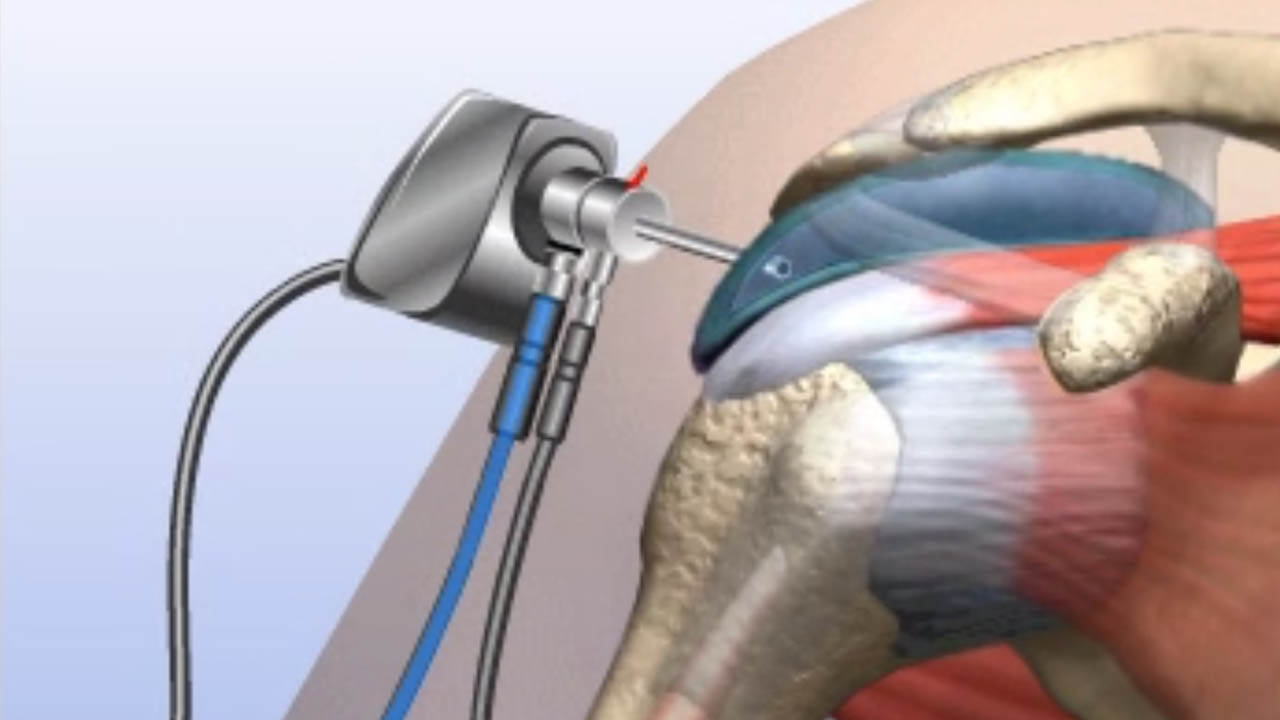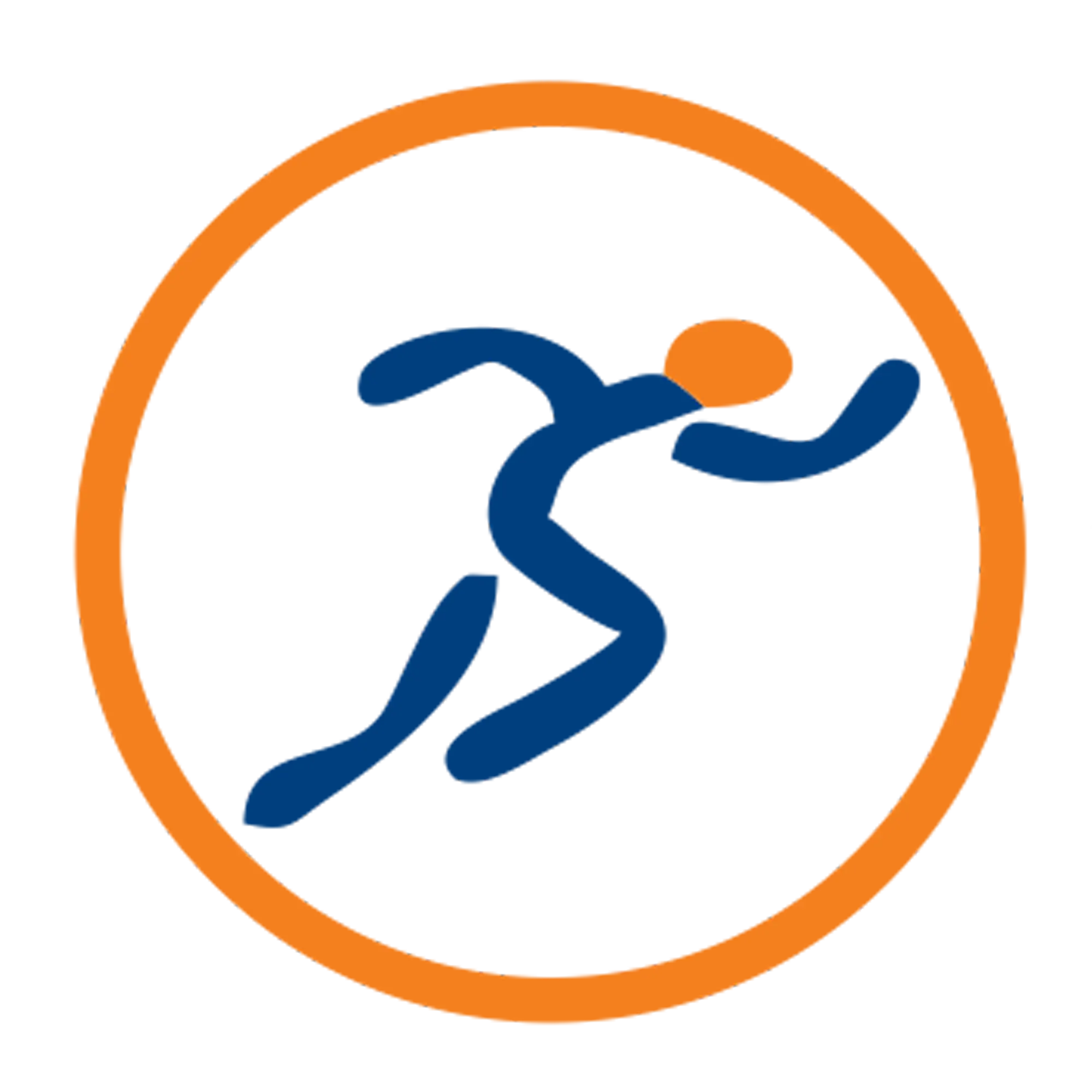Arthroscopic Subacromial Decomposition
Home / Arthroscopic Subacromial Decomposition

Chronic shoulder pain and restricted movement can significantly impact daily life, making simple tasks like lifting, reaching, or even sleeping difficult. One common cause of persistent shoulder pain is shoulder impingement syndrome, which occurs when the rotator cuff tendons become irritated or compressed under the acromion (a bony part of the shoulder blade).
Arthroscopic Subacromial Decompression (ASD) is a minimally invasive surgical procedure designed to relieve pain and improve shoulder function by increasing space in the subacromial region. Dr. Shekhar Srivastav, a renowned orthopedic surgeon in Delhi, specializes in this procedure, offering advanced care for patients suffering from shoulder impingement.
What is Arthroscopic Subacromial Decompression?
Arthroscopic Subacromial Decompression is a keyhole surgery performed using an arthroscope (a small camera) and specialized instruments to remove bone spurs or inflamed tissue from the subacromial space. This reduces pressure on the rotator cuff tendons, alleviating pain and restoring mobility.
Who Needs Arthroscopic Subacromial Decompression?
Dr. Shekhar Srivastav may recommend ASD for individuals experiencing:
- Persistent shoulder pain that does not respond to medications, physiotherapy, or steroid injections.
- Shoulder impingement syndrome, where overhead movements cause pain due to tendon compression.
- Rotator cuff irritation or bursitis, leading to inflammation and limited movement.
- Difficulty lifting the arm, especially when reaching above the head.
- Pain that worsens at night, affecting sleep quality.
The Procedure: Step-by-Step
- Anesthesia: The procedure is performed under general or regional anesthesia.
- Small Incisions: Tiny incisions are made around the shoulder to insert the arthroscope and surgical instruments.
- Removal of Bone Spurs: Any excess bone or tissue causing compression is shaved down.
- Cleaning of the Subacromial Space: Inflamed tissue, including bursitis, is removed.
- Closure: The incisions are closed with stitches, and a dressing is applied.
Benefits of Arthroscopic Subacromial Decompression
- Minimally Invasive: Small incisions mean less pain and scarring.
- Faster Recovery: Quicker return to daily activities compared to open surgery.
- High Success Rate: Significant pain relief and improved shoulder function.
- Prevents Future Damage: Reduces the risk of further rotator cuff injuries.
Why Choose Dr. Shekhar Srivastav in Delhi?
Dr. Shekhar Srivastav is a leading orthopedic specialist in Delhi, known for his expertise in arthroscopic shoulder surgeries. With years of experience and the use of advanced surgical techniques, he ensures the best outcomes for his patients. His patient-centered approach and emphasis on minimally invasive treatments make him a trusted choice for shoulder care.
Arthroscopic Subacromial Decompression is an effective and minimally invasive solution for individuals suffering from shoulder impingement syndrome and persistent shoulder pain. Under the expert care of Dr. Shekhar Srivastav in Delhi, patients can achieve lasting pain relief and regain full shoulder function.
FAQ On Arthroscopic Subacromial Decomposition
- Persistent shoulder pain that doesn’t improve with medication, physical therapy, or steroid injections.
- Shoulder impingement syndrome, where the rotator cuff tendons are compressed.
- Limited arm movement, especially overhead or lifting-related pain.
- Chronic bursitis or rotator cuff irritation, causing inflammation.
- Pain that worsens at night, affecting sleep quality.
- First few weeks: Pain management, light movement exercises, and possible sling use for comfort.
- 4-6 weeks: Increased range of motion with guided physical therapy.
- 3-6 months: Full recovery, including strength restoration and return to normal activities. Most patients experience significant pain relief within a few weeks after surgery.
- Minimally invasive with small incisions, leading to less pain and scarring.
- Faster recovery compared to open surgery.
- Reduced risk of complications and quicker return to daily activities.
- Long-term pain relief and improved shoulder function.
- Prevention of further rotator cuff injuries by relieving tendon pressure.
- Temporary shoulder stiffness (improves with therapy).
- Mild swelling or discomfort post-surgery.
- Infection (rare, but minimized with proper care).
- Incomplete pain relief if other underlying conditions exist.
- Weakness or re-injury if post-operative rehab is not followed properly.


